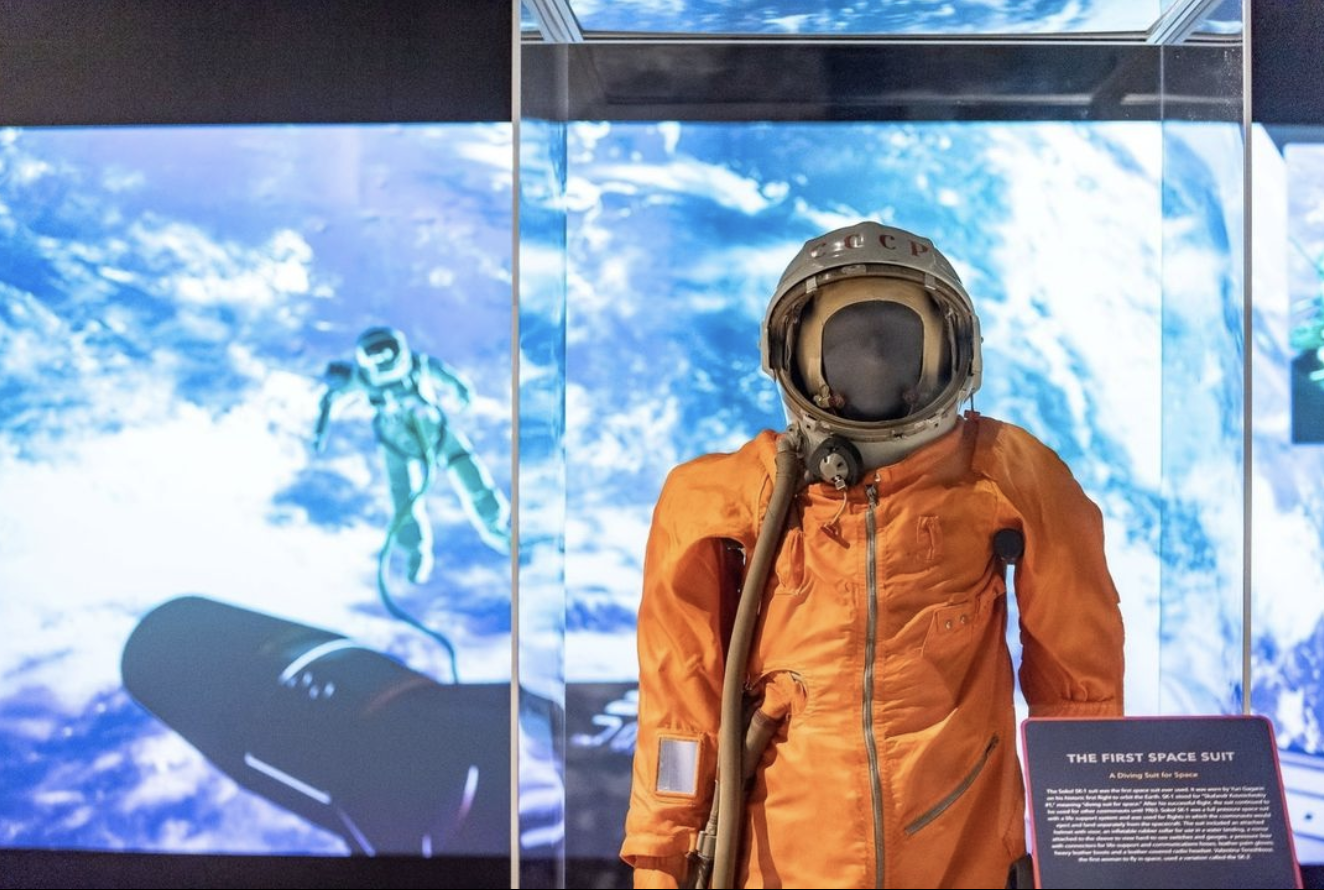
By: Julio Poletti/ @JulioPoletti
Contrary to widespread belief, if you were to be pushed out of a spacecraft without a spacesuit, you would not explode in the vacuum of space. This is just an example of the misconceptions and unknown facts about space. If you're crazy about learning more about Space, visit "Apollo: When We Went to the Moon" now open at the Denver Museum of Nature & Science. This historical and astonishing exhibition takes you on a trip back more than 50 years to explore how we got to the Moon.
Related: Buy tickets to "Apollo: When We Went to the Moon" here.
“Apollo: When We Went to the Moon” explores the causes and forces that sparked the space race, a decades long rivalry between the United States and the Soviet Union. The exhibition, featuring objects and artifacts from the U.S. Space & Rocket Center’s archives, sets the scene of the era, exploring the social and political forces that pushed these nations to be the first to set foot on the moon. "Apollo: When We Went to the Moon" is a touring exhibition co-produced by The U.S. Space and Rocket Center and Flying Fish.
Here are a couple misconceptions and facts about Space from our Space Curator, KaChun Yu:
What is the vacuum in space?
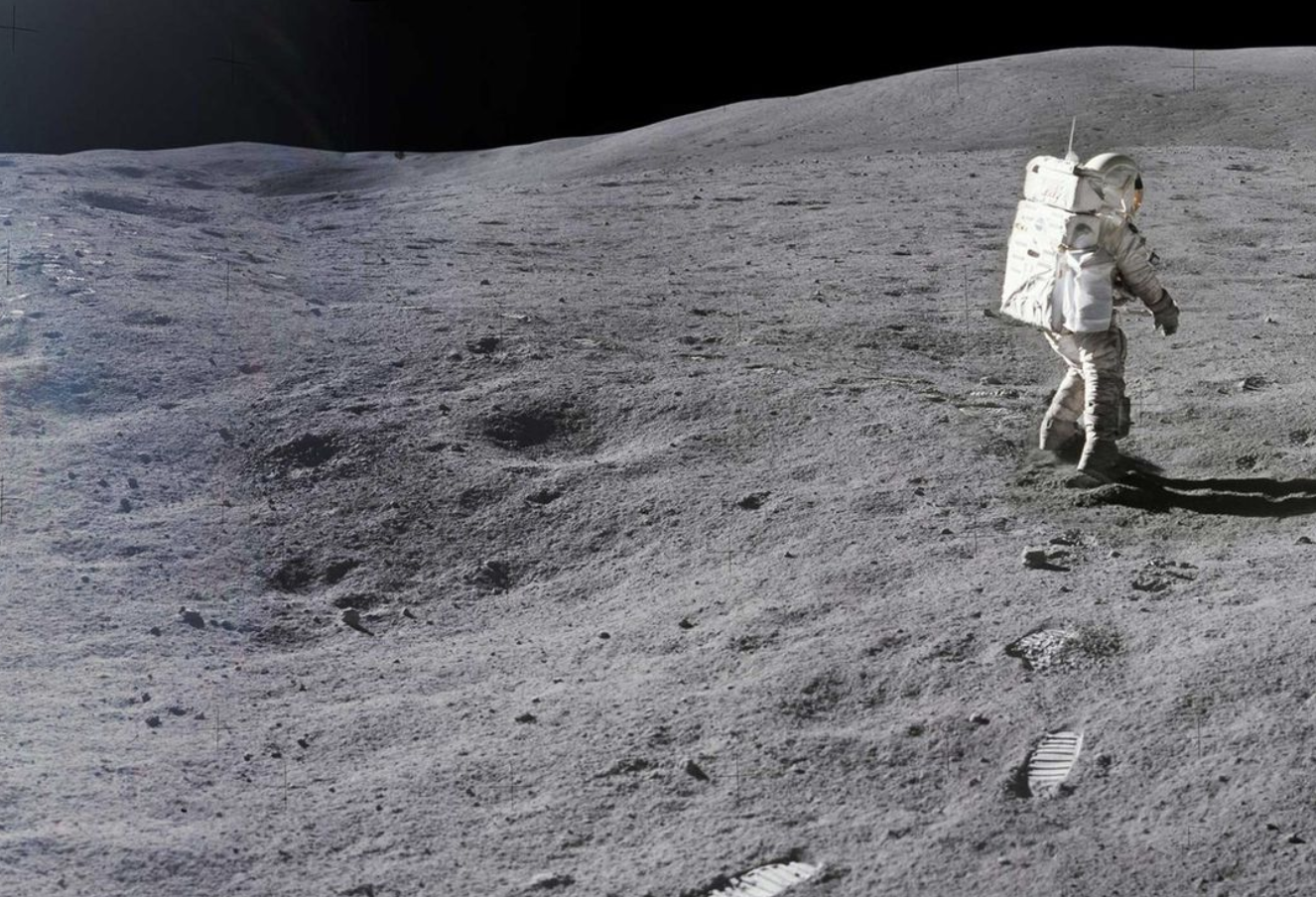
- Contrary to widespread belief, if you were to be pushed out of a spacecraft without a spacesuit, you would NOT explode in the vacuum of space. You would die from a lack of oxygen. What little air is in your lungs would escape out. You would also slowly freeze as your body heat radiates away.
- A vacuum is a volume of space that is almost completely empty of matter. Normally, here on Earth, air tends to fill up a space like a room. But everything on Earth, including its air, is bound to it by gravity. Far away from Earth’s atmosphere in space, where Earth's gravity is far weaker, there is truly very, very little matter!
- On Earth, a cubic inch of air might contain 100 billion billion molecules (that’s 1 followed by 20 zeroes). In space, you might be lucky to find 100 particles in a cubic inch.
- In our Solar System, the Sun, planets, moons, asteroids, and other bodies have their own gravity which draws matter to them. That leaves a small number of molecules, atoms, and other particles left that have not been drawn in by those gravitational pulls to wander in space. When space is mostly devoid of matter, we call it a vacuum.
Gravity in space
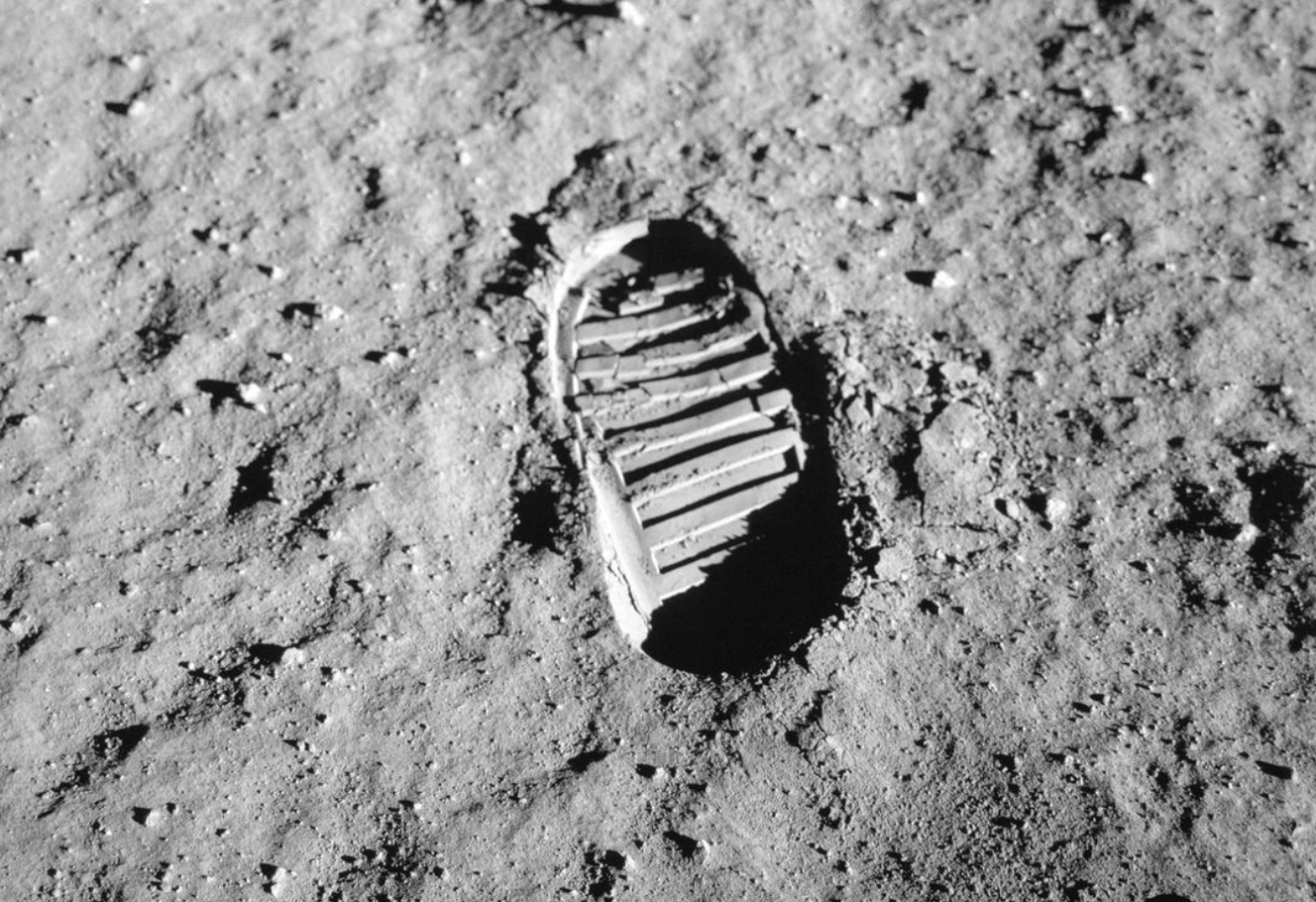
- One way to think of gravity is that it’s like a force created by matter that pulls other matter towards it. The more matter you have, the stronger the pull. You (and everything around you that you can touch and hold) have a bit of gravity. But because you’re not the size of a moon or planet, your gravity is very small, and can’t be felt without using sophisticated laboratory equipment.
- Despite the term “zero G” which suggests there is no gravity in space, space is filled with gravity! The force of gravity extends out from an object in every direction, but it gets weaker the further you are from that object.
- The reason astronauts are weightless onboard the International Space Station or in a spaceship headed to the Space Station is because they’re falling! If they started out stationary over the Earth, they would fall straight down. But instead of being stationary, they are moving 15,000 to 17,000 miles (about 24,000 to 27,000 km) per hour around the Earth. Gravity is still pulling on them, but at that speed, they fall around the Earth instead of falling towards the Earth.
- Another way to think about it is that they’re still falling towards the Earth, but because they’re traveling so fast, they keep missing the Earth because the Earth’s surface is curved. The sense of weightlessness comes from perpetually falling around the Earth.
- Planets closer to the Sun orbit faster than ones further away. Why would this be? The strength of gravity falls off the farther away you are. The more distant you are from the Sun, the less speed you need to fall around it.
- The Earth travels about 67,000 mph when going around the Sun, but Mercury is whipping by at 106,000 mph!
Distances in space
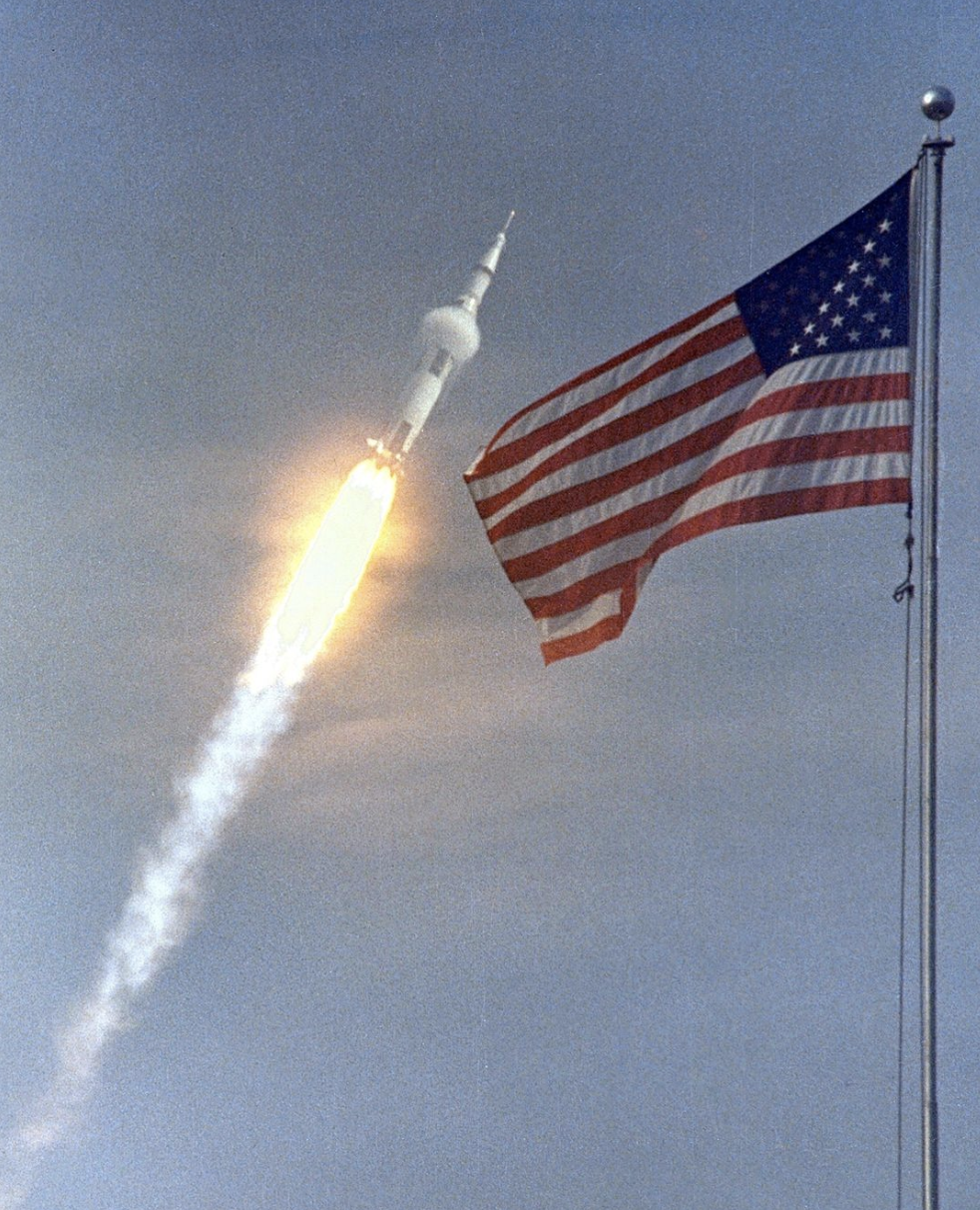
- We often think of things in space as being extremely far away. But some are quite close. For instance, the International Space Station orbits about 240 miles above Earth. This is the distance that you have probably traveled in a car on a road trip. The drive from Denver to Grand Junction is about 240 miles. If your car could magically drive straight up, you would get to where the ISS (International Space Station) is orbiting in 3-4 hours if you are going at typical highway speeds!
- Unfortunately, unless you used magic to stay in place, your car wouldn’t stay up there. The ISS is traveling at 15,000 mph to move fast enough to fall (or orbit) around Earth. Moving slower would result in your vehicle crashing back to ground.
- In recent decades, all human space travel has been to low Earth orbit, roughly where the ISS orbits, but 50 years ago when we last sent humans to the Moon on the Apollo 17 mission, they traveled 1000 times further away!
- When we look out into space, we look back in time. That’s because it takes light a finite amount of time to travel from an object to our eyes before we can detect it. Radio signals, traveling at the speed of light, take just over 1 second to reach us from the Moon. So, if you were communicating with astronauts exploring the Moon, there would always be a short pause in the conversation as you waited for the radio signal to be transmitted across the Moon-Earth distance. The distance to the Sun is even greater. Light takes 8⅓ minutes to cross space from the Sun to Earth. This is equivalent to the amount of a half-hour long TV show that you could watch in between commercial breaks. That means if the Sun were to instantly blink out of existence, we wouldn’t see that happen on Earth until 8⅓ minutes later!
- Looking into the past happens on Earth too. Light travels 186,282 miles (about 299,792 km) per second. That is equivalent to light moving 1 foot every 1 billionth of a second. That means if you are sitting across from a friend 3 feet away, you are seeing your friend 3 billionths of a second in the past.
- The Moon is 238,900 miles from Earth on average. Apollo astronauts reported that the moon smells like gunpowder or fireworks. We think this is due to oxygen inside the spacecraft reacting to the lunar dirt and rocks being brought back, since they had never been exposed to air. Once the lunar material got back to Earth, they no longer smelled because everything that could react with the oxygen did already.
Social Media Challenge
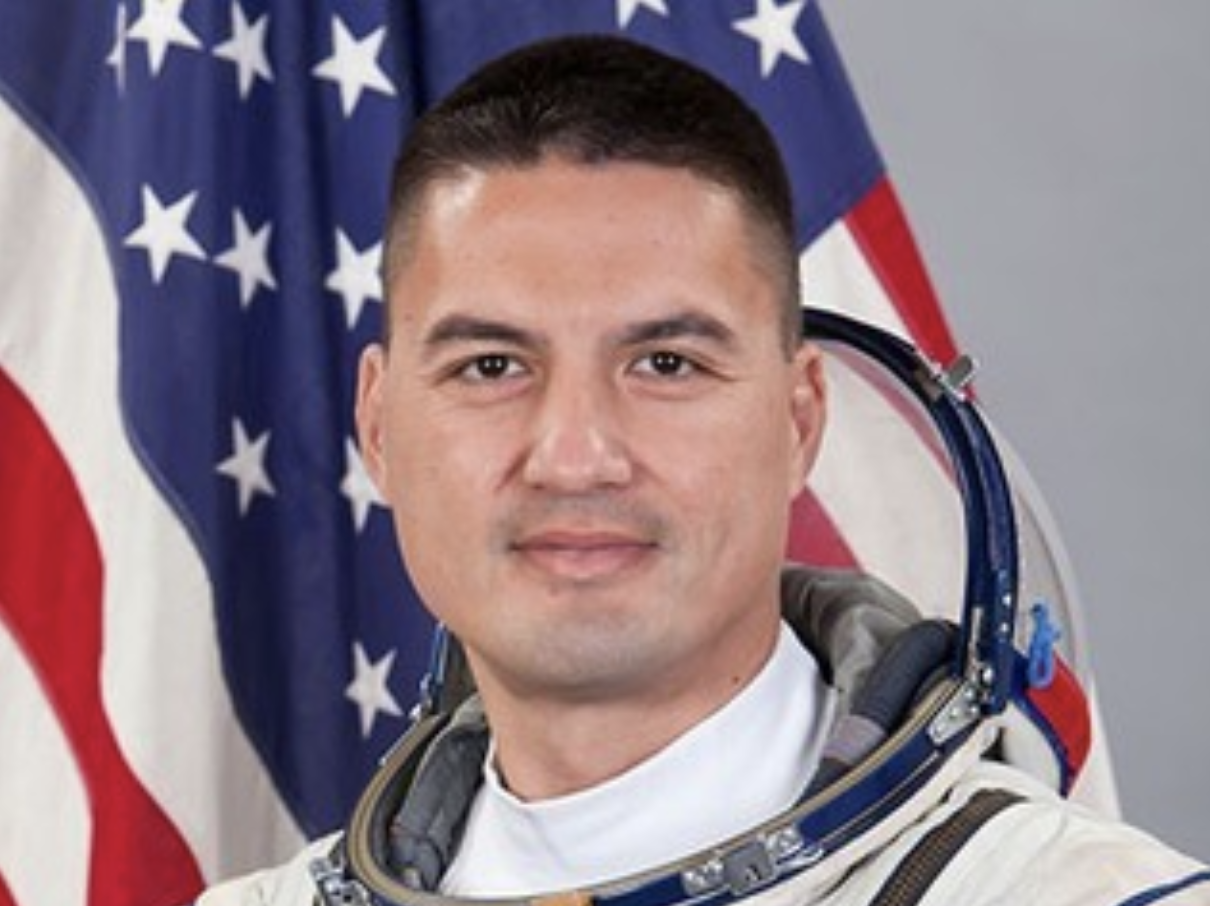
Dear Astronaut,
You’ve been chosen to go into space. You’ll be confined to small cabin for who knows how long. You’ll have limited resources, but you’re allowed to bring a moon kit. What will you take?
Take a picture of your moon kit and items, along with a description of what you’re taking and why. Get creative and tag us on IG @denvermuseumns and TikTok @denvermns.
Good luck and buckle-up!